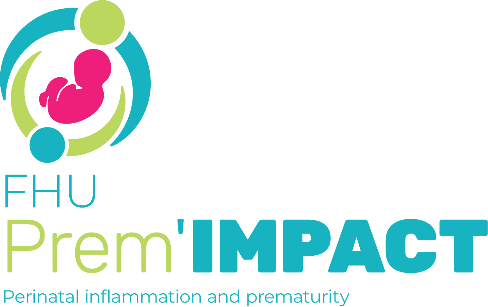Abstract
Objectives: The objectives were to describe mortality and causes of death in children with intraventricular hemorrhage (IVH) and to study neurodevelopmental outcomes.
Methods: The study was a secondary analysis of the French national prospective and population-based cohort EPIPAGE-2. Children were recruited in 2011. A standardized assessment was conducted at age 5. Children born before 32 weeks’ gestation and admitted to a NICU were eligible. Exposure was IVH defined by the Papile classification. Main outcomes were mortality, causes of death, and neurodevelopmental outcomes at age 5.
Results: Among the 3468 children included, 578 (16.7%) had grade 1 IVH, 424 (12.2%) grade 2 IVH, and 114 (3.3%) grade 3 IVH; 144 (4.1%) had intraparenchymal hemorrhage (IPH). Mortality was 29.7% (36 of 114) for children with grade 3 IVH and 74.4% (109 of 144) for those with IPH; 67.6% (21 of 31) and 88.7% (86 of 97) of deaths, respectively, were because of withholding and withdrawing of life-sustaining treatment. As compared with no IVH, low-grade IVH was not associated with measured neurodevelopmental disabilities at age 5. High-grade IVH was associated with moderate and severe neurodevelopmental disabilities, reduced full-scale IQ, and cerebral palsy.
Conclusions: Rates of neurodevelopmental disabilities at age 5 did not differ between children without IVH and those with low-grade IVH. For high-grade IVH, mortality rate was high, mostly because of withholding and withdrawal of life-sustaining treatment, and we found a strong association with overall neurodevelopmental disabilities in survivors.
